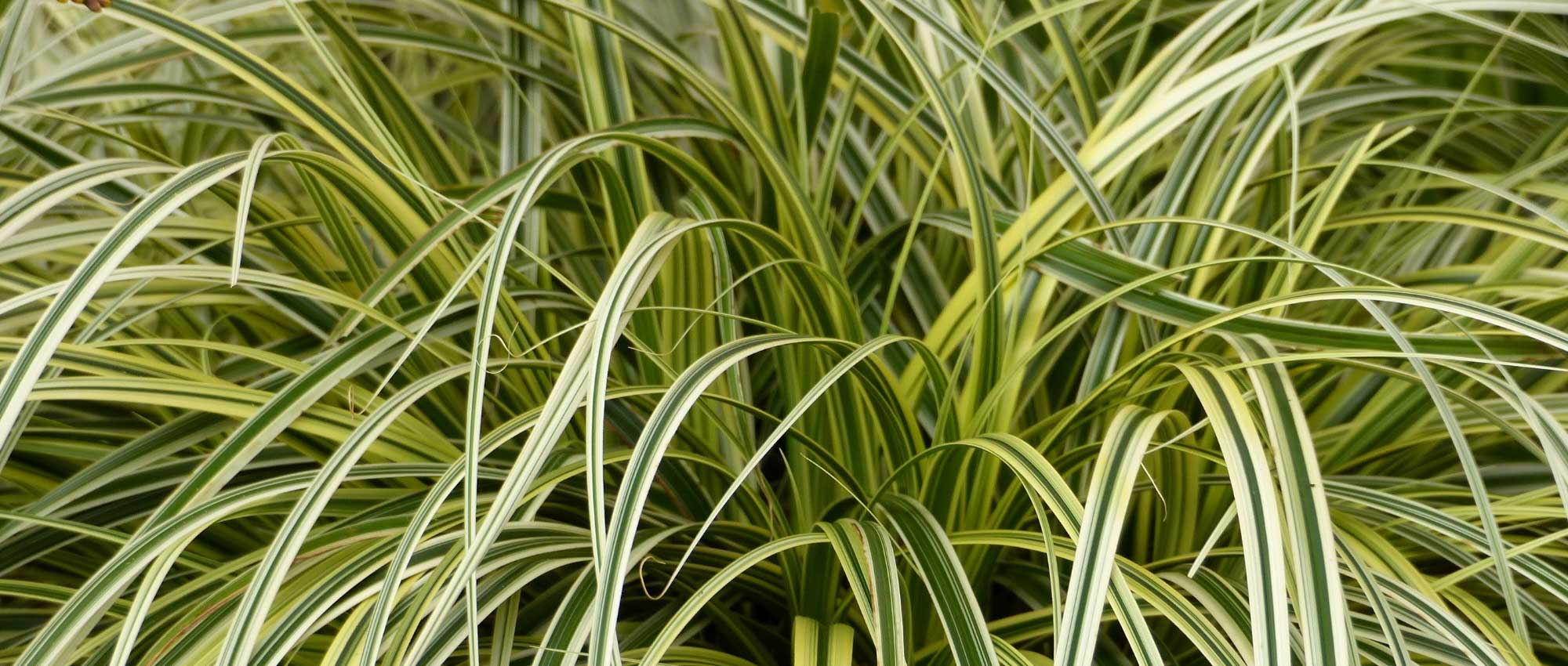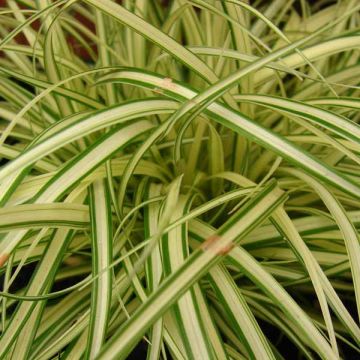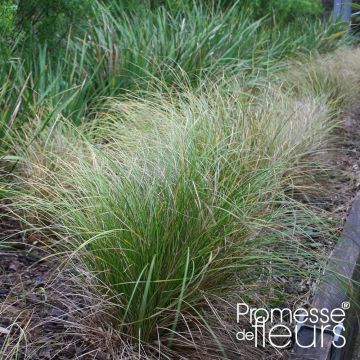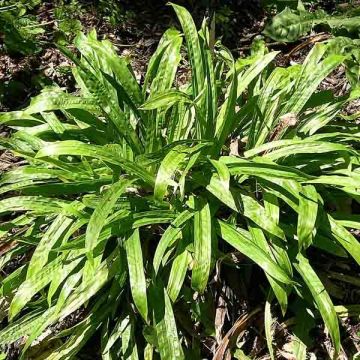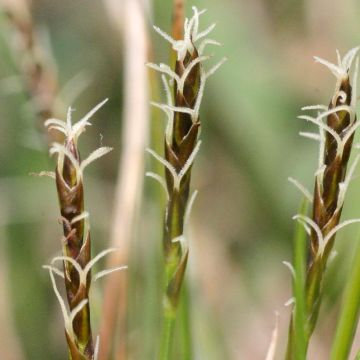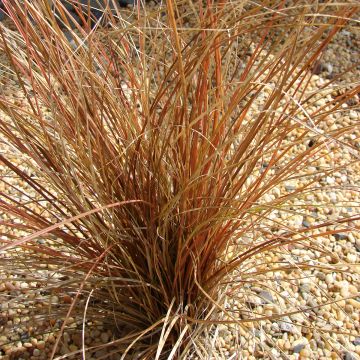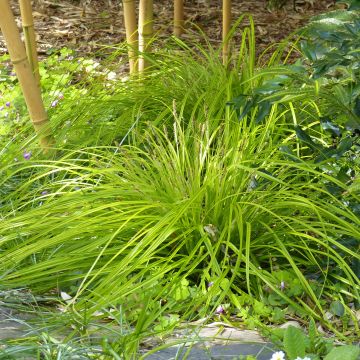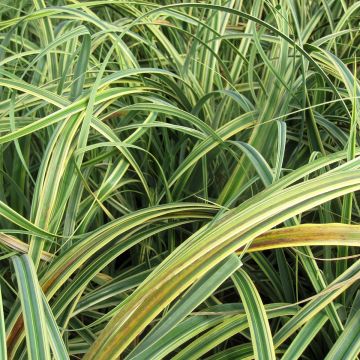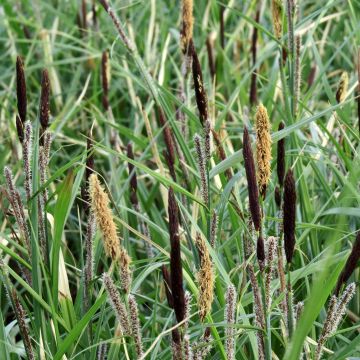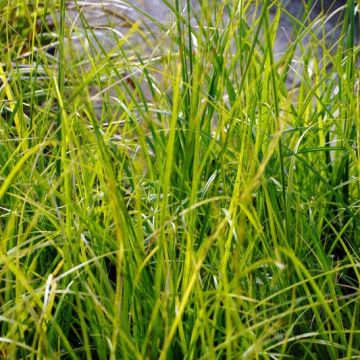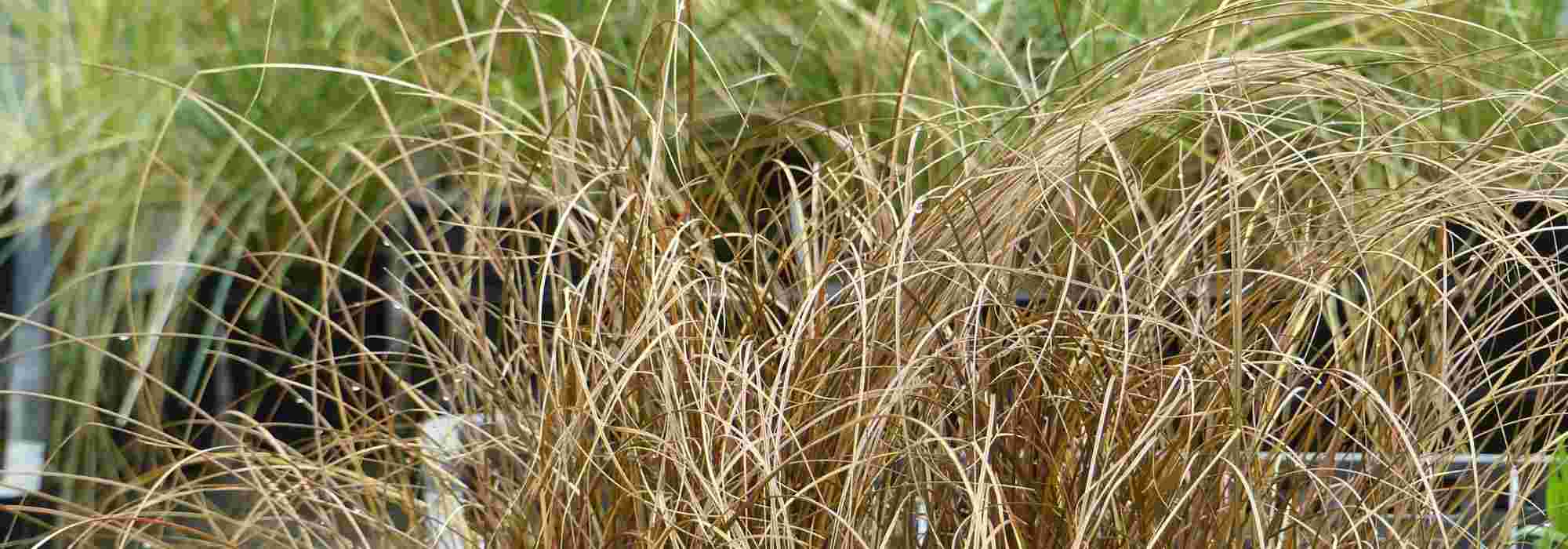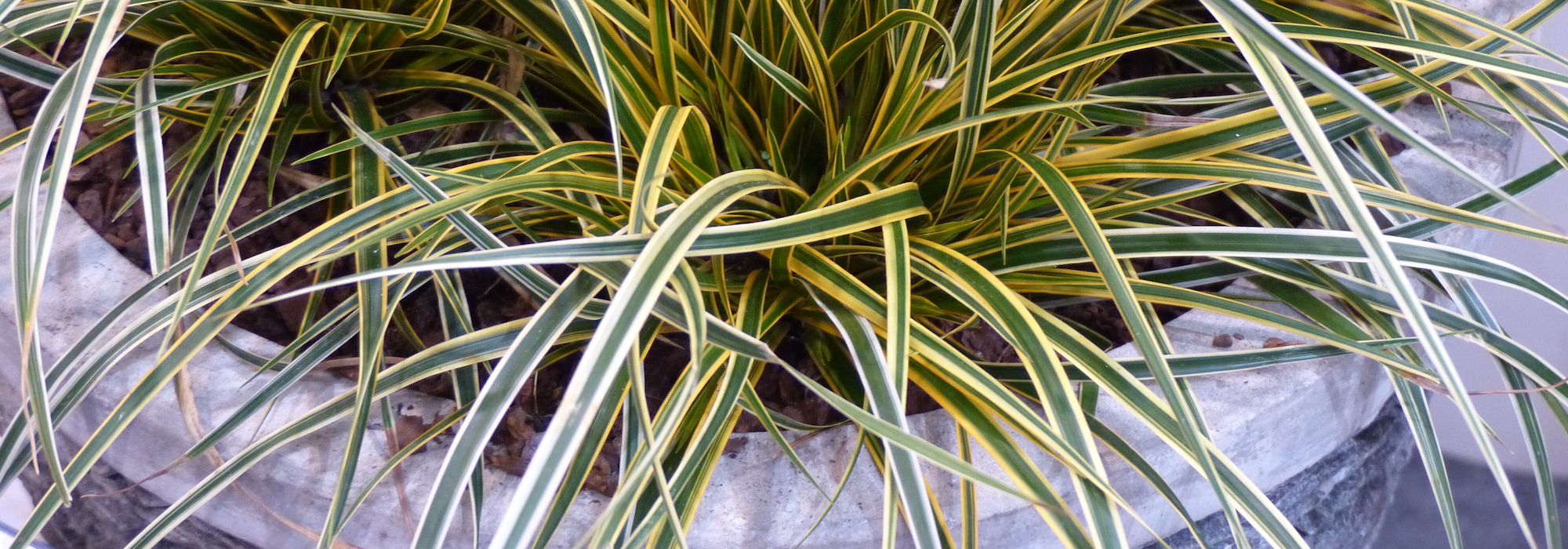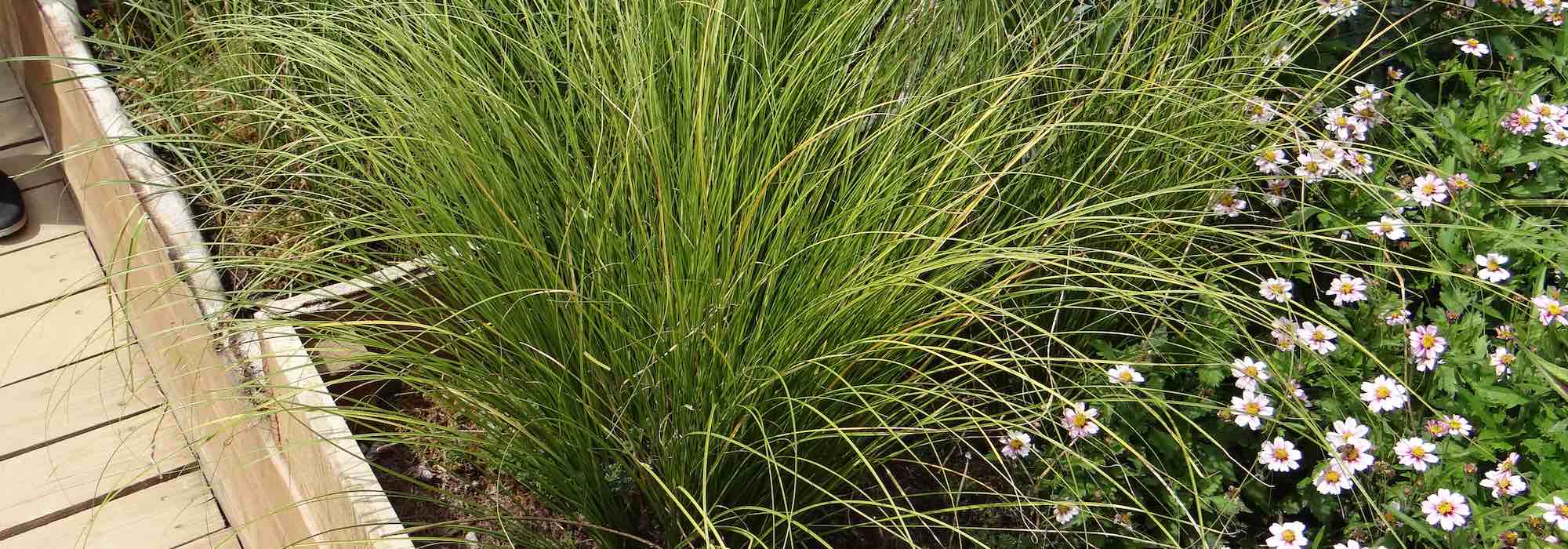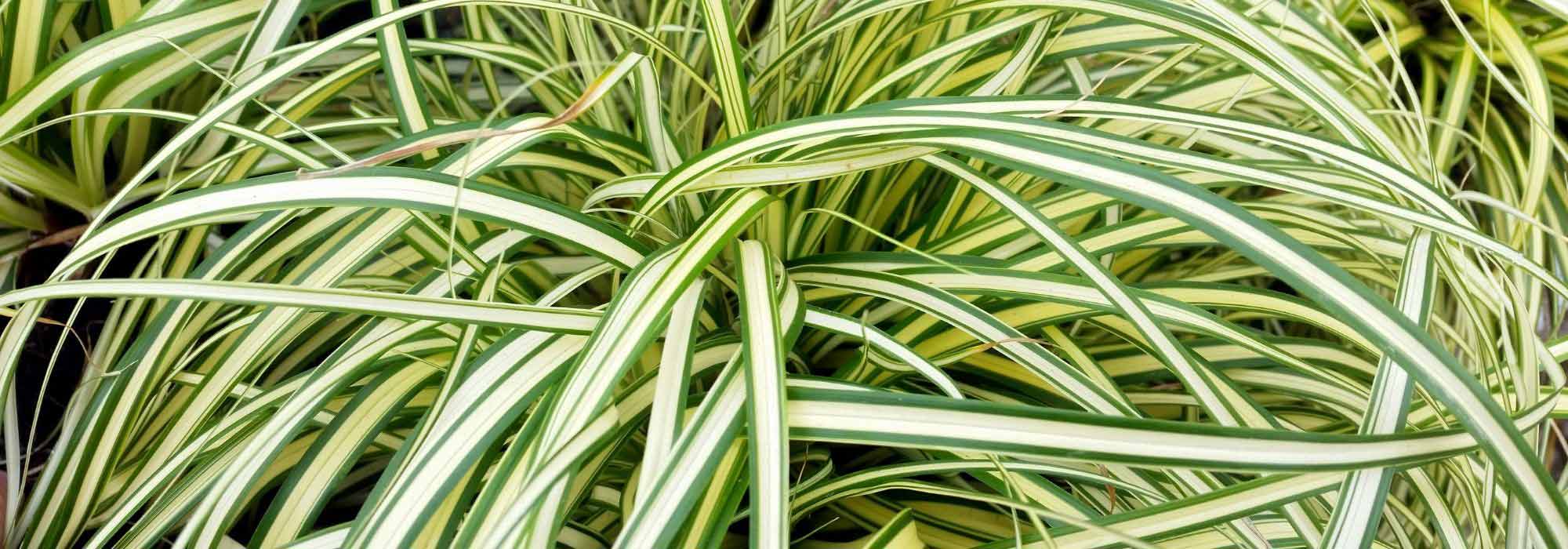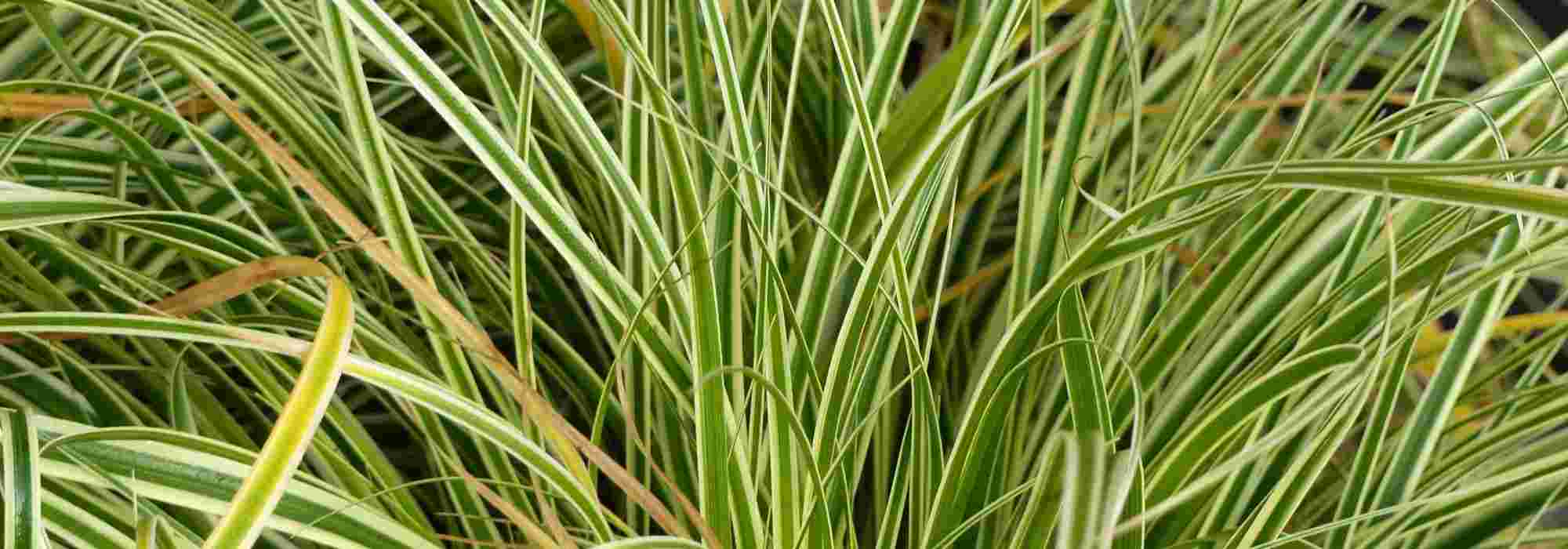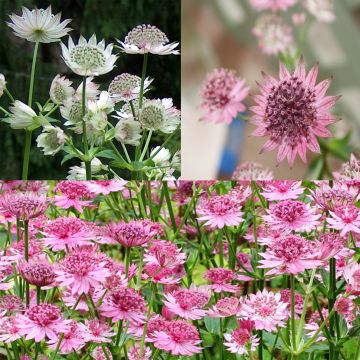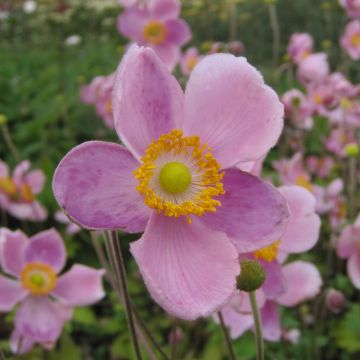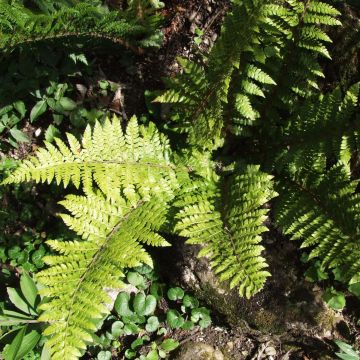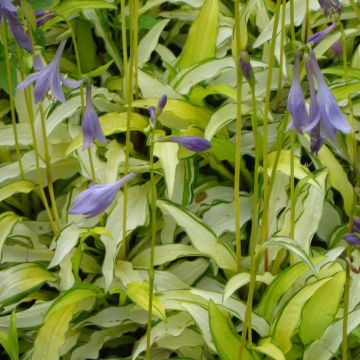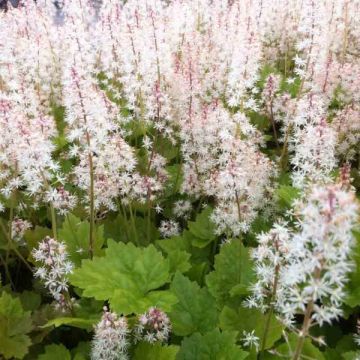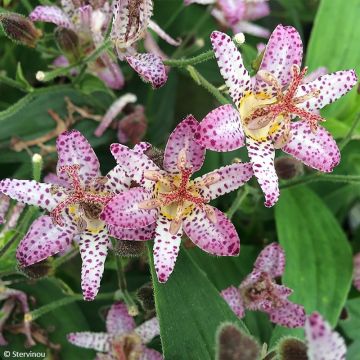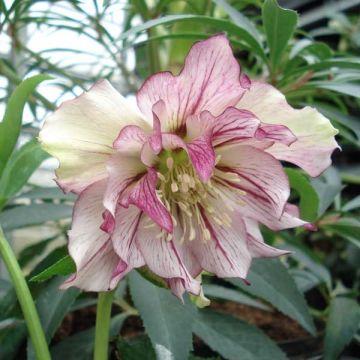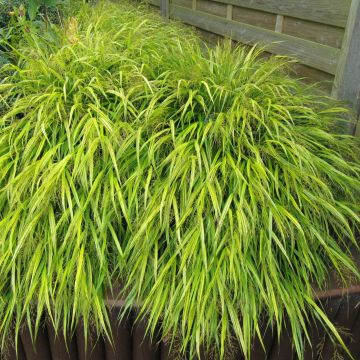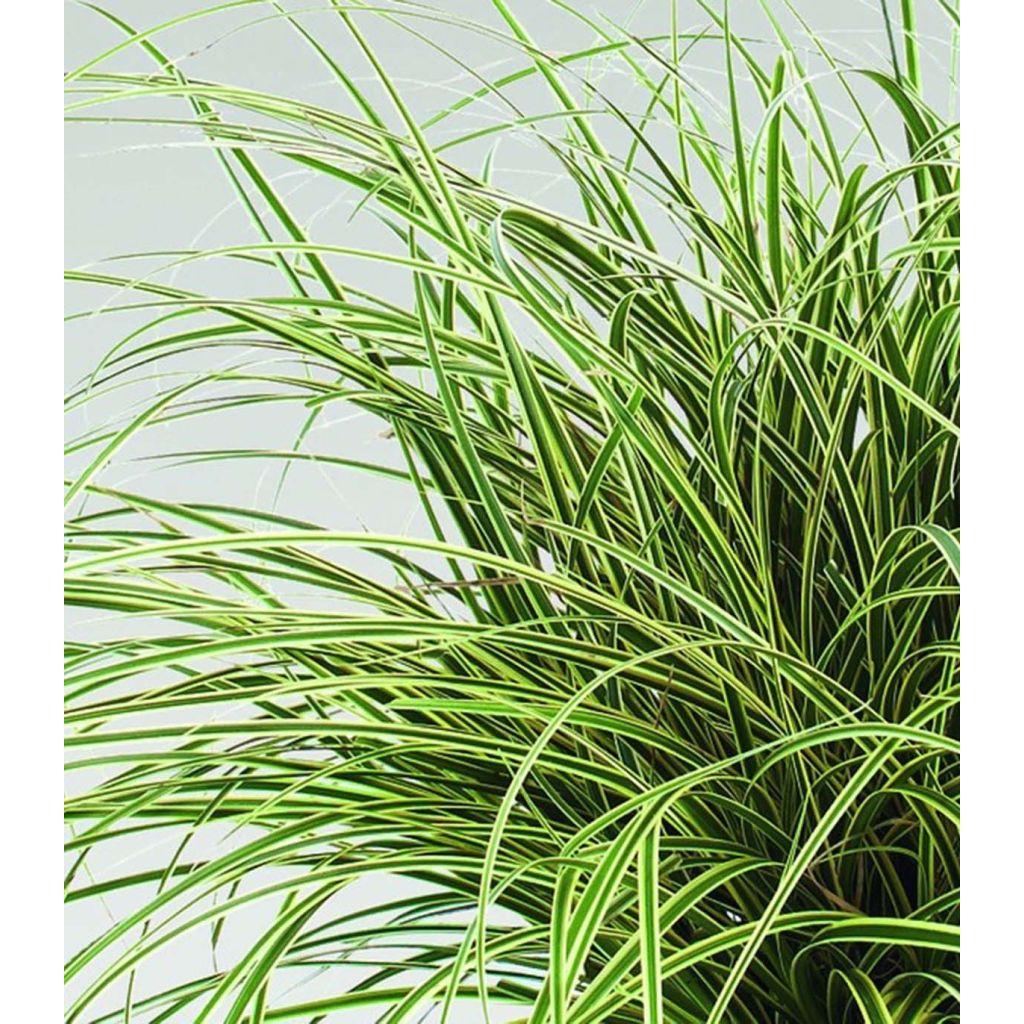

Carex brunnea Jenneke
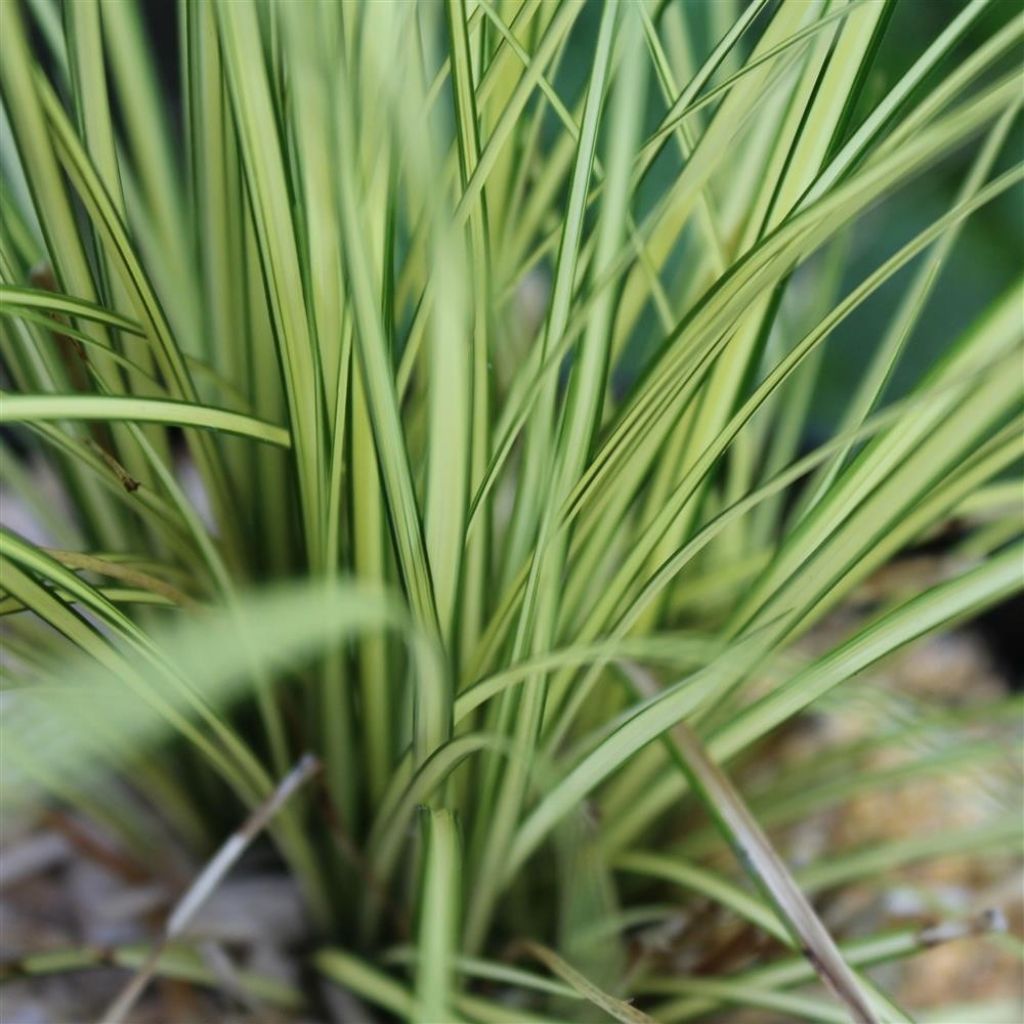

Carex brunnea Jenneke
Carex brunnea Jenneke
Carex brunnea Jenneke
Greater brown Sedge
Order received promptly. But disappointed as the young plants are completely withered, straw yellow. I hope they will quickly establish themselves in the soil, with vibrant colours.
Jean-Philippe, 18/03/2023
Special offer!
Receive a €20 voucher for any order over €90 (excluding delivery costs, credit notes, and plastic-free options)!
1- Add your favorite plants to your cart.
2- Once you have reached €90, confirm your order (you can even choose the delivery date!).
3- As soon as your order is shipped, you will receive an email containing your voucher code, valid for 3 months (90 days).
Your voucher is unique and can only be used once, for any order with a minimum value of €20, excluding delivery costs.
Can be combined with other current offers, non-divisible and non-refundable.
Home or relay delivery (depending on size and destination)
Schedule delivery date,
and select date in basket
This plant carries a 12 months recovery warranty
More information
We guarantee the quality of our plants for a full growing cycle, and will replace at our expense any plant that fails to recover under normal climatic and planting conditions.
Would this plant suit my garden?
Set up your Plantfit profile →
Description
Carex brunnea 'Jenneke', also known as Greater brown sedge, is a modest-sized grass that stands out for its graceful habit and particularly refined and bright foliage, composed of fine leaves that are almost yellow and delicately bordered with dark green. Its discreet summer flowering takes the form of small white-cream spikes that turn brown with age. It is a versatile plant for cool partial shade, and will make a great impact as a border plant, in a cool rockery, by a pond, in a pot on a balcony, or even as an indoor plant in a cool room. Plant it in partial shade in moist to wet soil, that is preferably humus-rich.
Carex brunnea 'Jenneke' is a sedge belonging to the large Cyperaceae family. It originates from Asia (Japan). This small grass with short rhizomes forms a fairly flexible, slightly tousled, dense, upright and trailing clump, measuring approximately 30 to 35cm (12 to 14in) in all directions. Its roots spread slowly without becoming invasive. Its leaves are evergreen if not subjected to severe frost. They are arched and sheathing at the base, measuring about 2mm (1in) in width and approximately 35cm (14in) in length. Their edges are tapered and their tips trailing. They have a yellowish hue tinged with green, finely edged with dark green along their entire length. In July-August, short cream spikes measuring 2 to 4cm (1 to 2in) appear among the foliage, carried by slender stems that reach a height of 40cm (16in). At maturity, they turn brown. This carex can withstand temperatures as low as -8 to -10°C (17.6 to 14°F).
Carex brunnea 'Jenneke' is an elegant grass with a clean style that thrives in cool and partially shaded environments. Its sculptural appeal does not require the presence of other plants by its side, but it will bring a sense of lightness to the lush foliage of rodgersias, the fronds of ferns, and also pairs well with colourful heucheras. As this grass appreciates moist to wet soils, it will naturally find its place in a cool rockery, water gardens, among mossy stones on riverbanks, or as a water's edge plant. It can also be placed in perennial beds. For a beautiful wild effect, plant it en masse in a contemporary or countryside garden.
Carex brunnea Jenneke in pictures
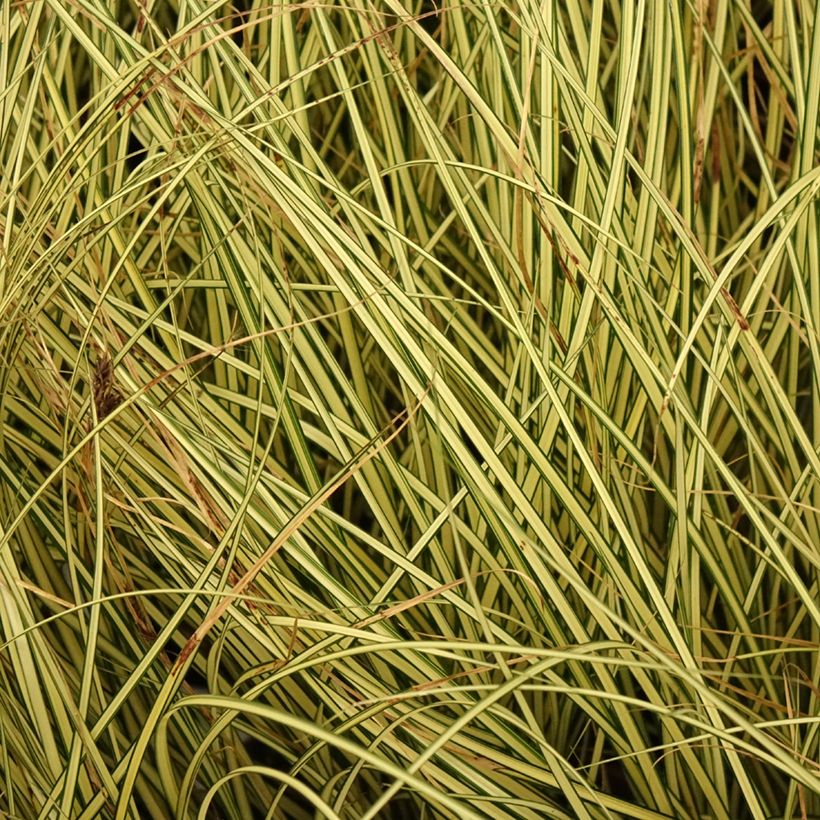

Flowering
Foliage
Plant habit
Botanical data
Carex
brunnea
Jenneke
Cyperaceae
Greater brown Sedge
Cultivar or hybrid
Other Carex
View all →Planting and care
Carex brunnea 'Jenneke' prefers moist, not too chalky soils, both clayey and humiferous. It tolerates very wet areas quite well. It requires a semi-shaded or even fully shaded exposure, sheltered from direct sunlight. It tolerates moderately dry and short periods of drought quite well. This easy-to-grow grass requires very little maintenance. Planting should be done outside the frost period. Water generously during planting. Avoid heavy fertiliser applications. Remove damaged foliage during the growing season and clean the clump in late winter, just before the start of vegetation.
Planting period
Intended location
Care
Planting & care advice
-
, onOrder confirmed
Reply from on Promesse de fleurs
Similar products
Haven't found what you were looking for?
Hardiness is the lowest winter temperature a plant can endure without suffering serious damage or even dying. However, hardiness is affected by location (a sheltered area, such as a patio), protection (winter cover) and soil type (hardiness is improved by well-drained soil).

Photo Sharing Terms & Conditions
In order to encourage gardeners to interact and share their experiences, Promesse de fleurs offers various media enabling content to be uploaded onto its Site - in particular via the ‘Photo sharing’ module.
The User agrees to refrain from:
- Posting any content that is illegal, prejudicial, insulting, racist, inciteful to hatred, revisionist, contrary to public decency, that infringes on privacy or on the privacy rights of third parties, in particular the publicity rights of persons and goods, intellectual property rights, or the right to privacy.
- Submitting content on behalf of a third party;
- Impersonate the identity of a third party and/or publish any personal information about a third party;
In general, the User undertakes to refrain from any unethical behaviour.
All Content (in particular text, comments, files, images, photos, videos, creative works, etc.), which may be subject to property or intellectual property rights, image or other private rights, shall remain the property of the User, subject to the limited rights granted by the terms of the licence granted by Promesse de fleurs as stated below. Users are at liberty to publish or not to publish such Content on the Site, notably via the ‘Photo Sharing’ facility, and accept that this Content shall be made public and freely accessible, notably on the Internet.
Users further acknowledge, undertake to have ,and guarantee that they hold all necessary rights and permissions to publish such material on the Site, in particular with regard to the legislation in force pertaining to any privacy, property, intellectual property, image, or contractual rights, or rights of any other nature. By publishing such Content on the Site, Users acknowledge accepting full liability as publishers of the Content within the meaning of the law, and grant Promesse de fleurs, free of charge, an inclusive, worldwide licence for the said Content for the entire duration of its publication, including all reproduction, representation, up/downloading, displaying, performing, transmission, and storage rights.
Users also grant permission for their name to be linked to the Content and accept that this link may not always be made available.
By engaging in posting material, Users consent to their Content becoming automatically accessible on the Internet, in particular on other sites and/or blogs and/or web pages of the Promesse de fleurs site, including in particular social pages and the Promesse de fleurs catalogue.
Users may secure the removal of entrusted content free of charge by issuing a simple request via our contact form.
The flowering period indicated on our website applies to countries and regions located in USDA zone 8 (France, the United Kingdom, Ireland, the Netherlands, etc.)
It will vary according to where you live:
- In zones 9 to 10 (Italy, Spain, Greece, etc.), flowering will occur about 2 to 4 weeks earlier.
- In zones 6 to 7 (Germany, Poland, Slovenia, and lower mountainous regions), flowering will be delayed by 2 to 3 weeks.
- In zone 5 (Central Europe, Scandinavia), blooming will be delayed by 3 to 5 weeks.
In temperate climates, pruning of spring-flowering shrubs (forsythia, spireas, etc.) should be done just after flowering.
Pruning of summer-flowering shrubs (Indian Lilac, Perovskia, etc.) can be done in winter or spring.
In cold regions as well as with frost-sensitive plants, avoid pruning too early when severe frosts may still occur.
The planting period indicated on our website applies to countries and regions located in USDA zone 8 (France, United Kingdom, Ireland, Netherlands).
It will vary according to where you live:
- In Mediterranean zones (Marseille, Madrid, Milan, etc.), autumn and winter are the best planting periods.
- In continental zones (Strasbourg, Munich, Vienna, etc.), delay planting by 2 to 3 weeks in spring and bring it forward by 2 to 4 weeks in autumn.
- In mountainous regions (the Alps, Pyrenees, Carpathians, etc.), it is best to plant in late spring (May-June) or late summer (August-September).
The harvesting period indicated on our website applies to countries and regions in USDA zone 8 (France, England, Ireland, the Netherlands).
In colder areas (Scandinavia, Poland, Austria...) fruit and vegetable harvests are likely to be delayed by 3-4 weeks.
In warmer areas (Italy, Spain, Greece, etc.), harvesting will probably take place earlier, depending on weather conditions.
The sowing periods indicated on our website apply to countries and regions within USDA Zone 8 (France, UK, Ireland, Netherlands).
In colder areas (Scandinavia, Poland, Austria...), delay any outdoor sowing by 3-4 weeks, or sow under glass.
In warmer climes (Italy, Spain, Greece, etc.), bring outdoor sowing forward by a few weeks.






























